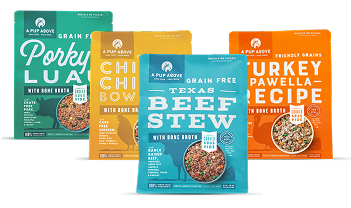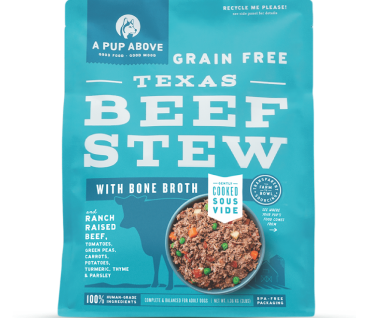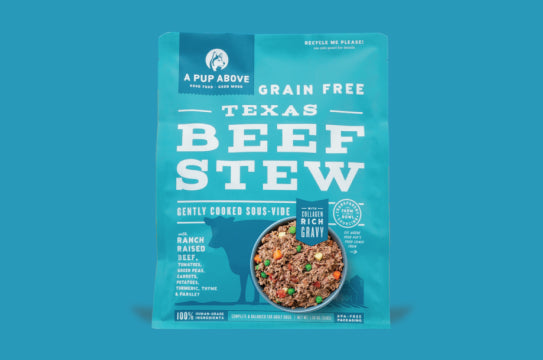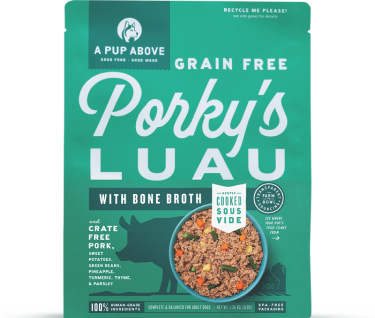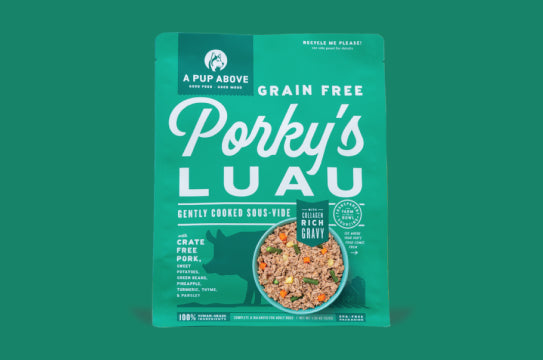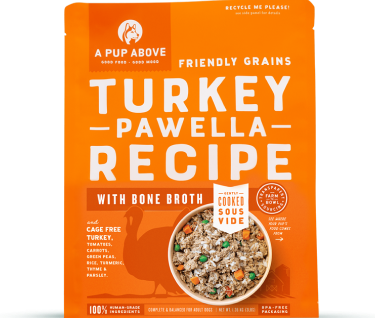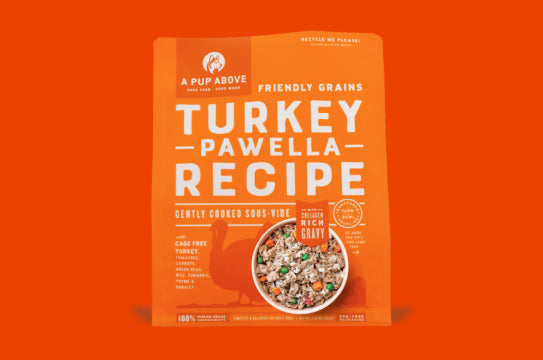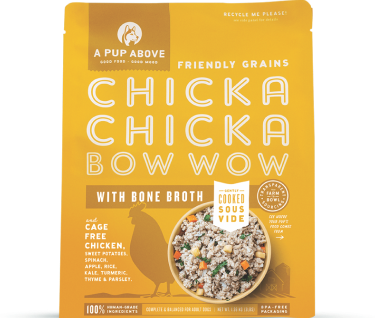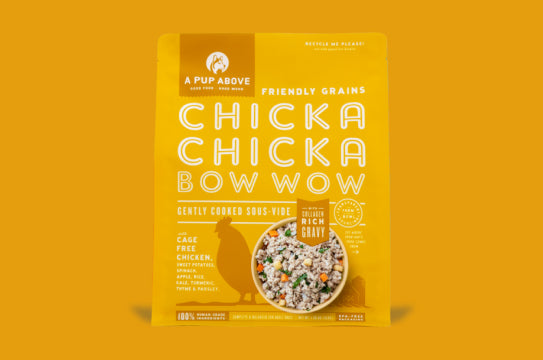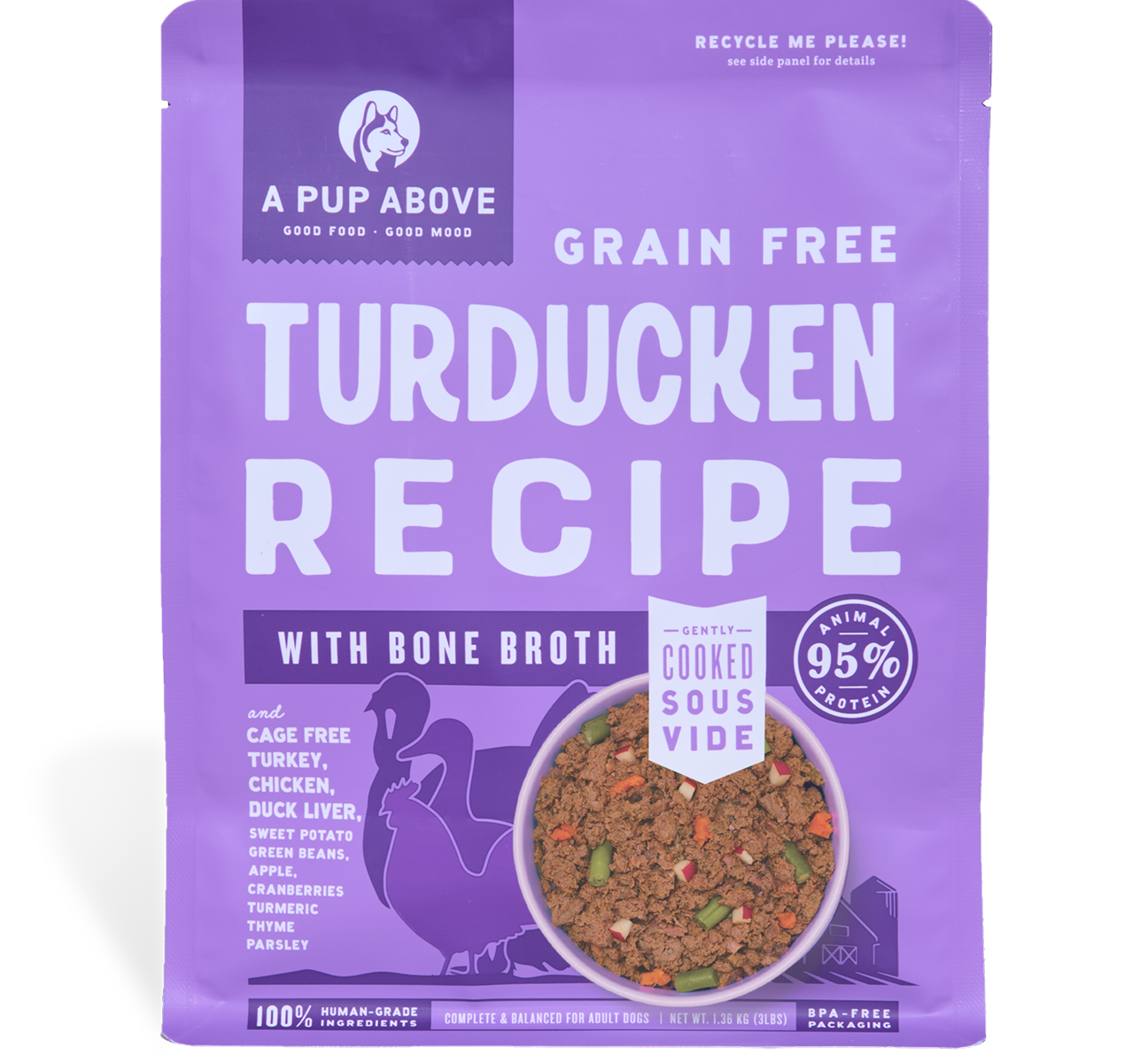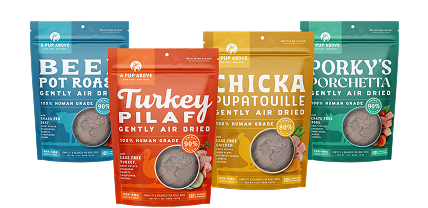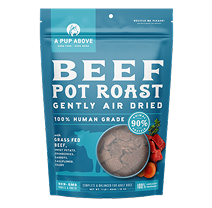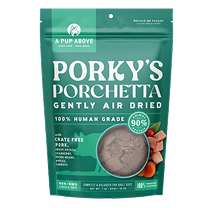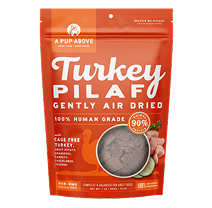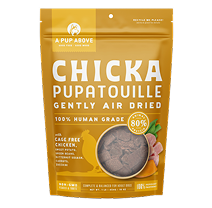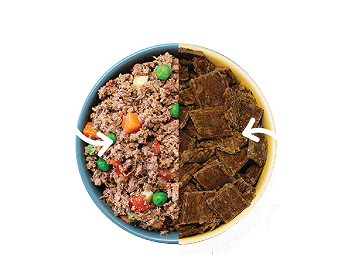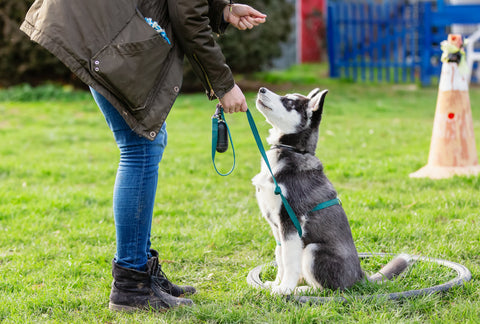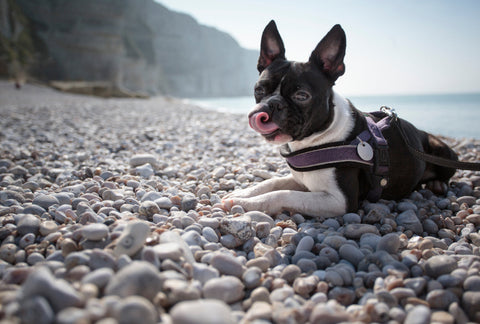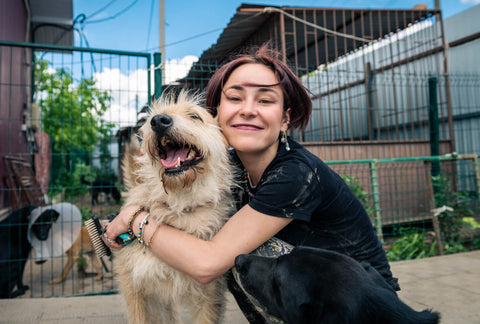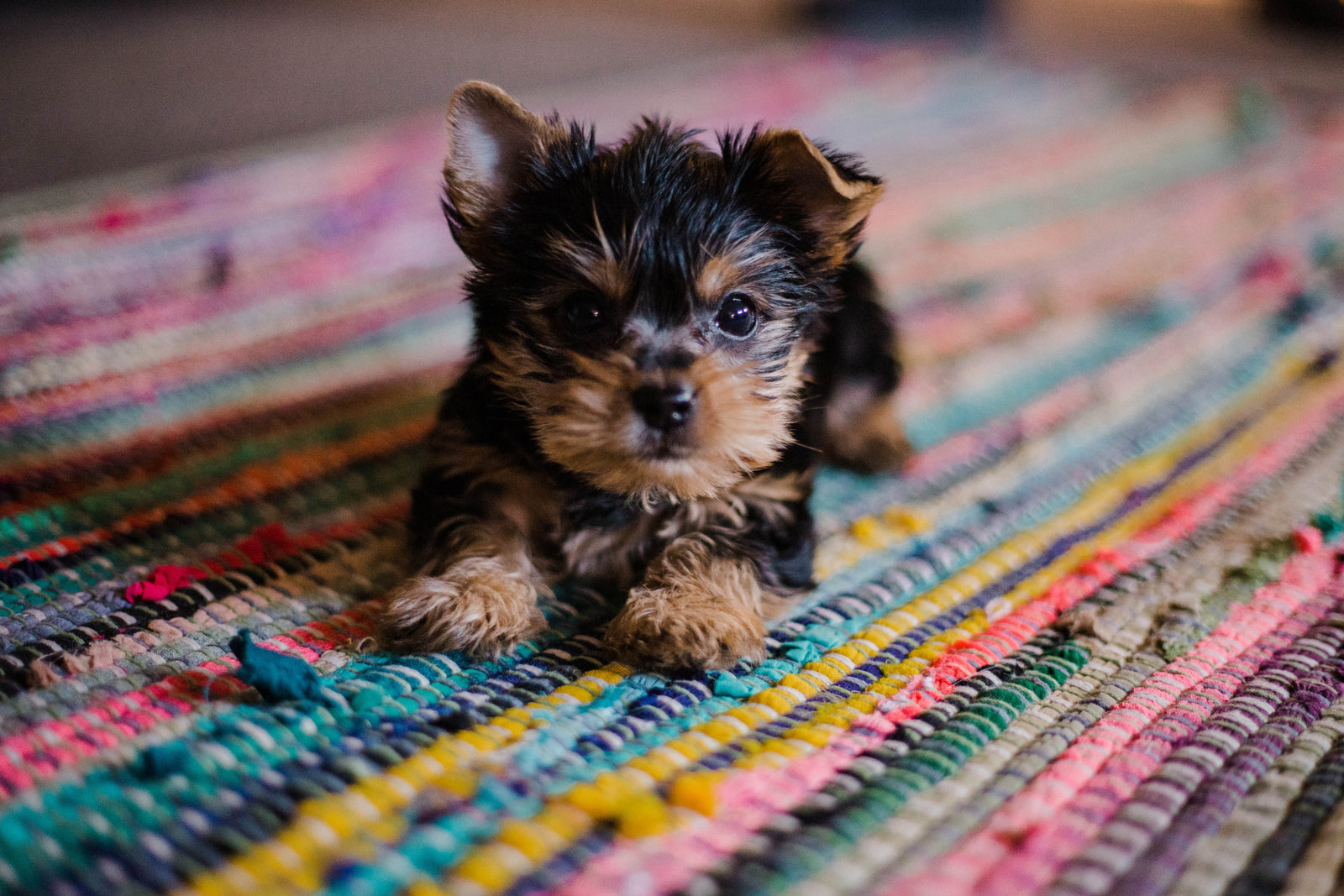
Bringing Home a New Dog: A Guide on How to Introduce a (Furry) Family Member
Are you considering adding a canine addition to your family? Congratulations - getting a new pup is not only a joy for you, but also gives a comfy, loving home to a deserving animal. Before bringing your new doggo home, take the time to prepare and plan ahead in order to make this new chapter blissful for both your household and your pet. We’ve put together a guide on how to introduce a new dog into your household, from the moment you start dreaming of your new friend to the first month of their new life.
Key canine considerations
You’ve begun to picture your life with a new furry best friend, and you may think you’re ready to bring a new dog home today. However, you may want to think twice BEFORE you rush over to the shelter or breeder.
There are many, many, many dogs out there in need of a forever home. Thinking ahead before bringing home a new dog ensures that you will find a great fit you can love and live with for life.
For your sake and for dog’s sake, don’t look at a sweet doggy photo and fall in love without forethought. Take your time before making your final decision, and think about your lifestyle. How much time and energy do you have to dedicate to your new pet? What are you really hoping for when getting a new dog?
Consider the type of dog that would best match for your household. Do your research on breeds that have the characteristics you want, or just to be sure you won’t be taken by surprise when your dog grows big (or doesn't), or loves to fetch (or refuses to do so), or suddenly boxes when he plays. (Yes, boxers really do that, by the way.)
Things to consider before bringing a new dog home include:
Age. Do you want a sweet baby puppy you will train from scratch, or an older dog who knows a few things about life with humans?
Energy. Is your household quiet and sleepy or abounding with noise and hijinx? Do you want a dog to go running with you, or to snooze the day away with you?
Personality. Each dog is unique. Some are curious and outgoing, while others are shy. Some are jealous, others love everyone. What personality works for you?
Size. Tiny as a teacup to big as a pony — what size works? Look at your house, your yard, your furniture. Do you want to hold your dog on your lap — or just hold your dog’s head on your lap?
Maintenance. Bringing home a new dog involves adding a whole life to your household. All that age, energy, personality, and size comes with the need for stimulation, exercise, and more. Some breeds or sizes may be easier to handle than others.
Health issues. Introducing a new dog to your household means adding the need for healthcare. Some breeds have a higher risk for certain conditions. And if you adopt an older dog or a rescue with an iffy past, be prepared to handle any health issues that crop up.
And finally, be mindful about where your future dog is coming from. Please do not support puppy mills or pet stores that buy from them — visit a shelter or a responsible dog breeder to meet any number of loving pups in need of a home.
Choose a veterinarian
When bringing home a new dog, you need to have a veterinarian you can call. Do your research before getting a new dog to find a practice you like, that’s convenient to your house, and that is taking on new dog patients. It’s a great idea to have a preferred veterinarian picked out in advance.
Just like a human kid, your furbaby will need regular check-ups and booster shots throughout their life. Find a vet you trust, with whom you can form a partnership in keeping your dog healthy and happy.
Ask your fellow pet-loving friends which veterinarians they use, and what they like about them. You will want to choose a vet who can think creatively when it comes to problem solving. Ask about their opinions on diet and health, and whether they offer alternative therapies for various issues — think acupuncture, hydrotherapy, and physical therapy. Yes, for dogs!
Stock up on essentials
While bringing a new dog into your home is a happy and exciting time, it can also be a little scary! You want to do everything right to give this new family member the best experience possible. That puts a lot of pressure on you!
Consider what items you should have ready in advance. Having all the essentials ready before bringing a new dog home can help calm your worries. Think through all aspects of dog-life to get your gear ready:
Sleepy time. You’ll want both a comfy dog bed and properly sized crate. Even if you don’t plan on using a crate all the time, it’s helpful to give your dog the option of having their own safe, enclosed space.
Play time. Get some durable, enriching toys to engage your dog. Hard toys that can stand up to a lot of chewing can help sweep plaque from your dog’s mouth — ask for reccos at a good quality pet supply store.
Outdoor time. Be sure you have a collar and tag with your dogchild’s name as well as your address and phone number. You’ll also need a right-length leash — and it’s nice to have two.
Training time. You might need puppy pads if your new baby isn’t potty trained. You’ll also want some healthy, small treats you can use for rewards when sweet baby sits on command.
Feeding time. Be sure you get some of the food your new pet was eating before you got them so you can gently transition them to a healthy, whole foods diet. A handy sampler pack from A Pup Above can help you see which fresh food flavors your sweet pup likes best.
Taking time to settle in
Introducing a dog to a whole new house with new faces and smells and textures can be overwhelming for any pup. Don’t judge too quickly about what your dog will be like, or jump to quick conclusions about how things are working out. Reserve judgement and allow time for your new dog to get comfortable.
Bringing home a puppy? Puppies can be very physical. They will have come from a very busy, rough-and-tumble life with their litter-mates. They may feel lonely, and may cry in the night. Puppies will benefit from both active play as well as quiet, close contact.
Be sure to hold your puppy and let them know they are safe and loved. Strategies like a hot water bottle in the bed or crate, and something to chew in a pinch, can help ease nighttime blues.
Bringing home an older dog? While to a puppy everything is new and surprising, an older dog will have more attachment to the life they led before they joined your household. Consider that bringing home a new dog who is older will be a big change for them - and change, even when good, can be scary.
Speak in calm, reassuring tones, and ask their foster family or rescue worker in advance about what sort of contact the dog prefers. As you get to know your new companion, they will get to know you. You’ll know your dog’s comfort levels, and you’ll be able to build closer contact over time.
If a dog hasn’t been physically hugged, touched, and/or held since their puppy days, they may not be used to such close contact and it could be stressful for them. Learn to read your dog’s stress levels and slowly work on introducing your new dog to more contact. Here’s a hint: dogs will always read your cues on how they should act.
Make a training routine
Dogs, like people, do well with a semblance of routine. Routine helps your dog know what to expect and how to behave in different situations.
No matter the age of your new arrival, connect with a trainer early on, even if only to cover the basics to help you and your pup gain confidence together. There are plenty of certified, experienced trainers and programs both in your area and online who can help advise on the level of training most appropriate for your dog and your needs.
Do your research on training styles before getting a new dog. Try positive reinforcement training approaches early, and stick with the ones that work best for you. Keep regular blocks of training time in order to continue building routine and connection.
Put socialization on the agenda
Socialization is extremely important for dogs of all ages, so remember to socialize your dog as well as you can. Follow your training guidelines and common sense for how to introduce a new dog to new doggie friends.
Getting your dog used to healthy alone time is important, too. Remember that you probably won’t be able to bring your dog with you everywhere — though you’ll want to! To get them comfortable with quiet time, accustom your pup to regular periods when they can adjust to being alone. This will be a great step towards lessening separation anxiety behaviors and building confidence in your dog.
Create small periods of time (perhaps 10 minutes to start) where they are alone with an activity, such as a safe, food-stuffed puzzle toy. You don’t have to leave the house - just head to another room to check your email or watch TV.
If your dog does well with this, slowly start introducing your new dog to more alone time. This will boost their confidence, and you’ll be rewarded with the happiest of tail wags when you return!
Most of all, have fun
Remember, what a new dog needs most is your time and your love. Observe your dog to see what makes them feel more or less comfortable. Do what you can to increase their comfort and ease the uncomfortable.
For example, if your dog is reactive to loud noises — don’t despair that they will be just as reactive forever. Once they are used to your household, your dog’s reactions will be less severe. For now, try to minimize loud sounds and reassure your dog if and when they happen.
When bringing home a new dog, take it step-by-step and focus on good sleep, good play, and good food like A Pup Above. Maintaining routines will be a healthy and great way to encourage and strengthen your bond.
Top Stories
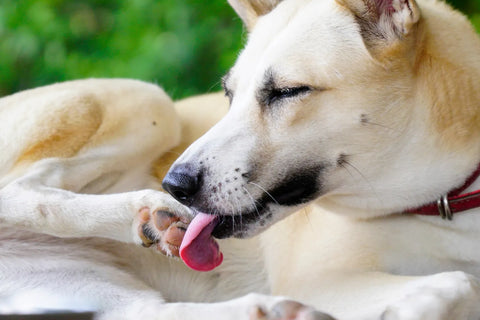
Why Do Dogs Lick Their Paws?

Why Do Dogs Whimper & Make Noises in Their Sleep?
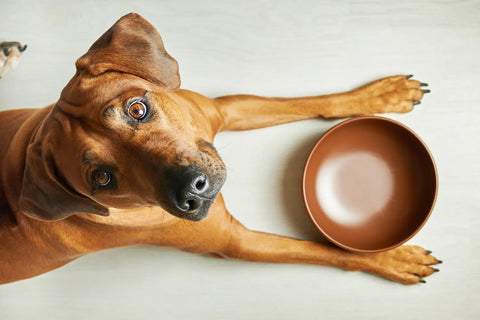
Healthy Vet-Approved Homemade Dog Food Recipes

How To Cook Sweet Potatoes for Dogs


